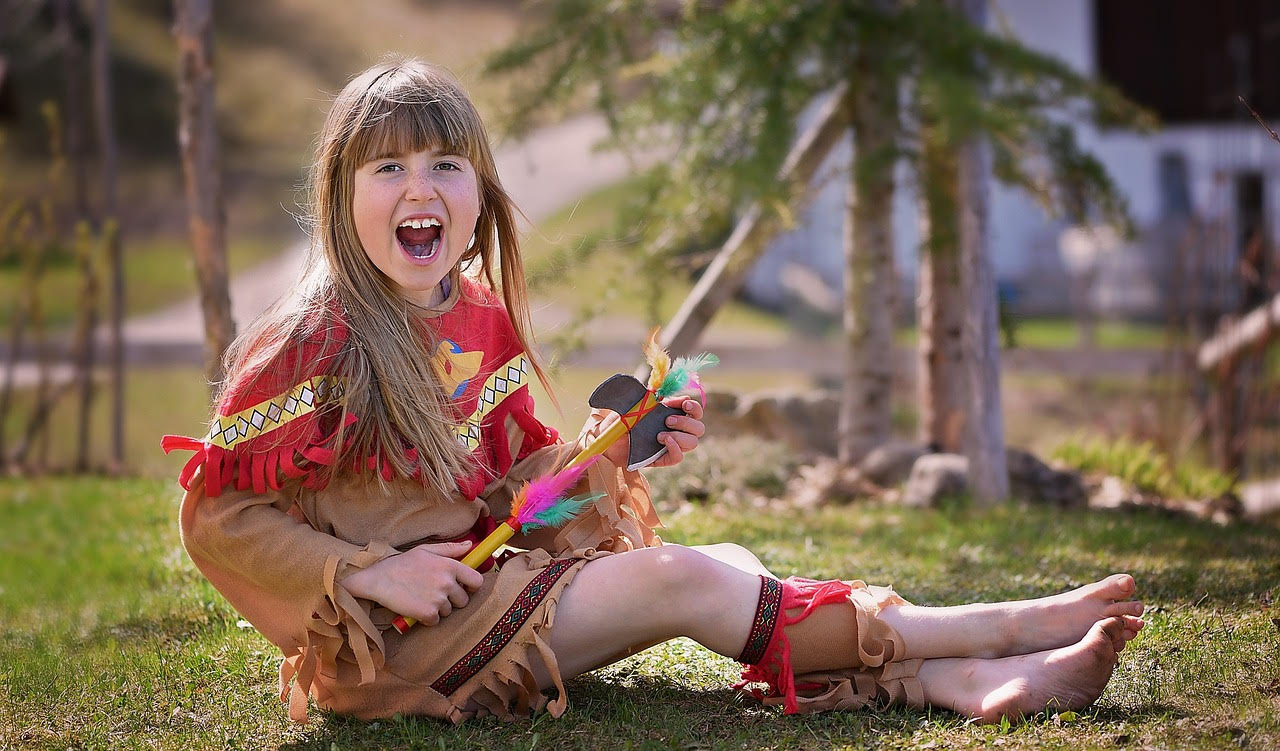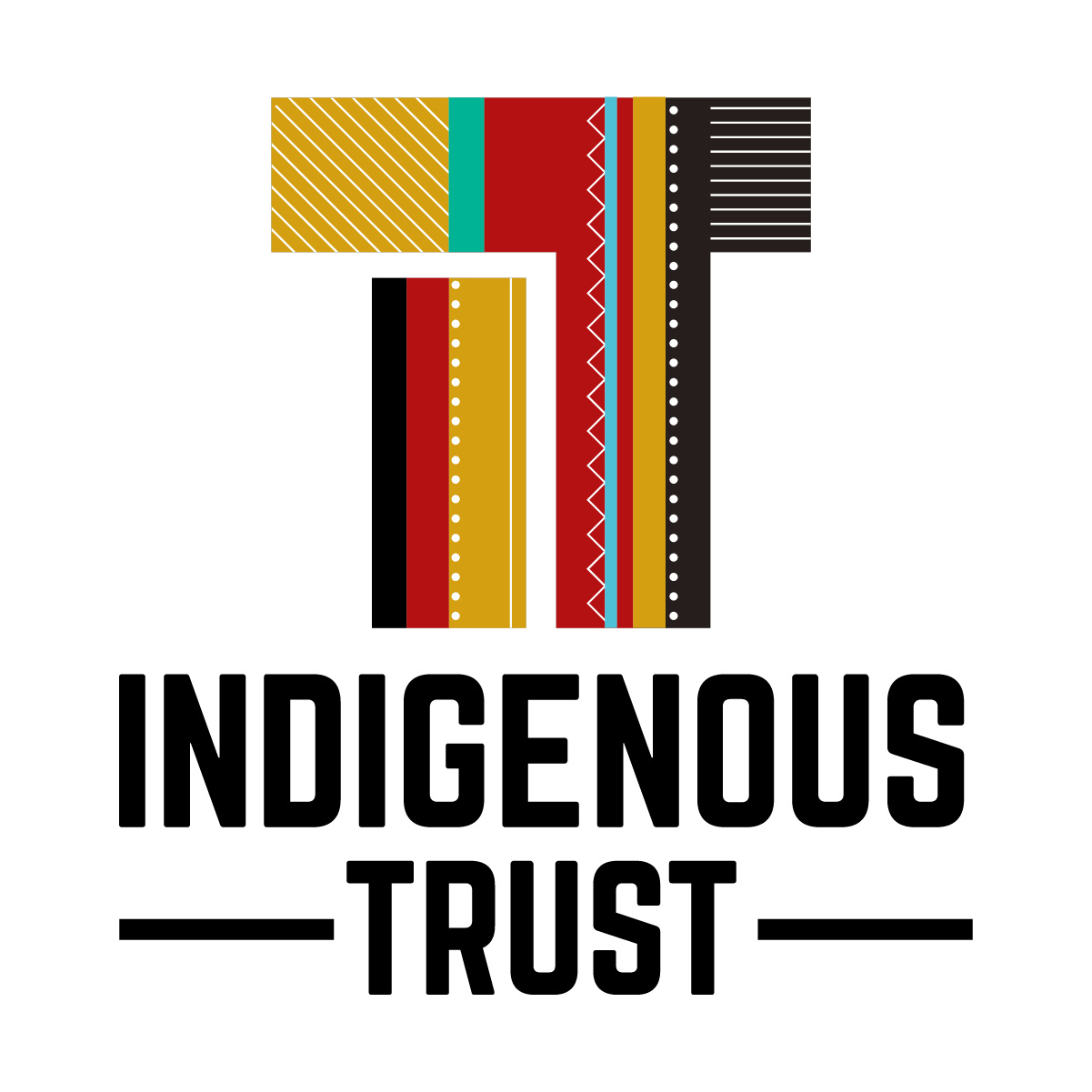
I have recently lectured at several universities about the conditions of American healthcare, the history of Massachusetts Institute of Technology, and other major spaces for disenfranchisement of American Indian people. Whenever I use the term genocide, I have people in the audience sometimes ask me “Do you really think genocide is happening now? That was in the past, right?”
Well, my answer to them is pretty straightforward. Genocide fueled the creation of the United States – the Declaration of Independence is, in part, a testament about how American Indians stand in the way of American settlement – and it has never officially stopped. There is no one moment or date that I can point to and say: “Ah, well, I think that is when the United States became non-genocidal”.
The United Nations has published rules for determining “genocide”. According to these rules, there are five primary ways of identifying – of qualifying – genocide:
- Killing members of the group;
- Causing serious bodily or mental harm to members of the group;
- Deliberately inflicting on the group conditions of life calculated to bring about its physical destruction in whole or in part;
- Imposing measures intended to prevent births within the group;
- Forcibly transferring children of the group to another group.
I believe that most people focus on the first quality, without much thought about the other four qualities. However, each quality is absolutely in play today – – not just in a deep American past.
- Killing members of groups
There are various ways to look at systemic, nation-wide killing of American Indian peoples. I often consider “Missing and Murdered Indigenous Women” (MMIW) and (often un-discussed) high rates of police violence towards American Indians as the beginning to this conversation. In the late 2010s, as political movement built around “Black Lives Matter”, American Indian community leaders raised concern over how data was read by journalists, academics and politicians. This concern culminated in a series of articles – including a 2017 article by CNN – that expressed that yes, in fact, American Indians suffer police shootings more than any other racial/ethnic group.
This conversation about police violence toward American Indians dovetails with a robust movement of American Indian community leaders against alarming rates of disappearance of American Indian women/girls across Indian Country. See, for example, this new film “Murder in Bighorn” that details “epidemic levels” of violence against American Indian women. One of the points in the film is that American Indian women “don’t just die”…they are abducted and murdered…on purpose.
Biologically and medically, American Indians were most negatively affected by Covid-19. In the midst of 2020/2021, as public health officials gave official counts of the dead, American Indians were often left out of data that would have emphasized the need to protect lives in/around American Indian communities. Indeed, new data related to “life expectancy” places American Indians at the bottom of the list. Asians are expected to live about 83 years, Latinos are expected to live about 77 years, Whites are expected to live about 76 years, Blacks are expected to live about 72 years and American Indians are expected to live about 67 years. Is “life expectancy” a way of softly noting whose lives matter least? I believe so. Does it shine a light on who is actively being placed in conditions of death? Yes, especially in the aftermath of one of world history’s most catastrophic pandemics that uniquely targeted American Indians.
- Bodily and mental harm
When I lecture, I often ask: “What people across the world are forced to carry identity cards? What people are used as mascots?” The responses are often quiet rumblings…”Natives”. Yes! This psychological abuse is so bad that the American Psychological Association wrote policy pieces that declare the “abusive” nature of American Indian mascots. I recently wrote about this – with a look at the diversity of dehumanization of American Indians through mascots.
The opposite side of this colonial coin is the fact that American Indian people remain targets of hate for how we really are. The ways we present ourselves– our wardrobes and hair, in particular – are consistently in danger of being cut, ridiculed and removed from notions of standard dress. Take, for example, the story of an American Indian boy in North Carolina whose family was publicly ridiculed by the head of a charter school for refusing to cut the boy’s long hair.
On that note, American Indians are purposefully kept out of central spaces of authority/power in the United States. American Indians are not placed on the Supreme Court of the United States. As American Indian people attempt to assert our rights to self-determination and humanity within the United States, courts are most likely not led by people like us. (See this report that lists American Indians as 0.16% of Federal Judges. In comparison, Black peoples fill about 13% of Federal judgeships and Latinos fill about 9% of Federal judgeships.) This is perhaps the most haunting aspect of colonialism. It remains fairly obvious that American Indian people are forced to appeal for our humanity before powerful people whose positions are designed to not be occupied by American Indian people. This is humiliating. It has physical consequences. It has mental consequences.
- Deliberately inflicting conditions…calculated to bring physical destruction
This becomes an even more complicated conversation when we consider the geographies of fossil fuels in the United States. Environmental Scientist Ryan Emanuel wrote a piece several years ago that shows how, for example, the Atlantic Coast Pipeline purposefully targeted American Indians in eastern Virginia and North Carolina:
In reality, no demographic group will be affected as greatly as Native Americans; they represent 1.2% of North Carolina’s population, but make up over 13% of those living within one mile of the proposed route through the state. With 30,000 Native Americans, 25% of North Carolina’s indigenous population, affected by the pipeline, there is no other infrastructure project in review in the US today that would have as great an impact on Native Americans as the Atlantic Coast Pipeline.
If you make an argument that we cannot prove that energy infrastructure ultimately kills American Indian people, it is laid with an emphasis on disregarding American Indian health, well-being and dignity. Natural gas pipelines are not simply laid. They are laid by engineers, many of whom are trained at MIT (see my letter to MIT about this), with mathematical precision. They are “calculated”.
- Preventing births
There are two conversations here. First, American Indian peoples are dealing with the ongoing effects of eugenics experiments from centuries and decades ago. Second, American Indian women still face a healthcare system – across the United States (and Canada) – that dehumanizes them in childbirth.
The Centers for Disease Control admits that American Indian women are twice as likely as White women to die in childbirth. However, I believe that if we begin to examine the interface of medical care (the creation and maintenance of people who do the work of healthcare) with already acknowledged vulnerability of American Indian women, we can appreciate how a long history of forced relocation and trauma in birthing spaces in American Indian communities is not being used to re-focus and re-prioritize medical education and healthcare economics, more broadly. See, for example, a piece in JAMA that specifically calls for a re-evaluation of who is placed in positions of medical authority in/around American Indian communities. Also see this piece in an obstetrics and gynecology journal that describes the demographics of academic obstetrics and gynecology by race/ethnicity. What do you see? They don’t even list American Indians as a category within the medical universe.
You might be able to make excuses for this. Some might argue, for example, that this sort of data might be held by officials within Indian Health Services (IHS). However, consider the fact that 70% of American Indian people live/work/have children in cities. They are far away from IHS. Indeed, in recent health equity reports, Massachusetts General Hospital – one the largest urban health systems – doesn’t list American Indians as a category of patients that they serve. They develop policy as if American Indians do not live…at all.
- Forcibly transferring children
Teen Vogue recently published a piece that states the conditions of American Indian vulnerability vis-à-vis child welfare policies: “Brackeen v. Haaland could change the future of Indigenous rights.” What is Brakeen v. Haaland? Well, it is a fight over the Indian Child Welfare Act (ICWA). It is a case that either will support or dismantle the rights of American Indian families in Federally Recognized tribal nations to protect their children. It is estimated that 1/3 of children in American Indian communities were forcibly removed from their homes before ICWA. More generally, we are uncovering a larger story in the United States about how the entire nation – from welfare policies, to church-government relationships, to public education – was designed to dismantle and re-direct American Indian children away from their tribal communities.
This becomes an even more nuanced conversation as we consider the fact that major shifts in environmental policy (which I describe a bit in #3) is placing immediate pressures on American Indian children – e.g. higher rates of asthma – that is creating pressures for entire families to move from their (our) tribal homelands. American Indian children are socializing through social media – – not in person, not in the love of their family home/neighborhood, not with the tastes of traditional foods, not in the company of American Indian peers.
Conclusion:
In this moment, there is hope as key people/institutions– e.g. the Supreme Court of the United States – have opportunities to reverse colonial, genocidal occupation and torture of American Indian peoples. But this takes everyone. Every judge. Every school teacher. Every police officer. Every corporate CEO. Every entrepreneur. Every politician. Every pastor. Everyone has to state that the center of American life ought to be the end to genocide. Everyone must admit that genocide is happening today.
